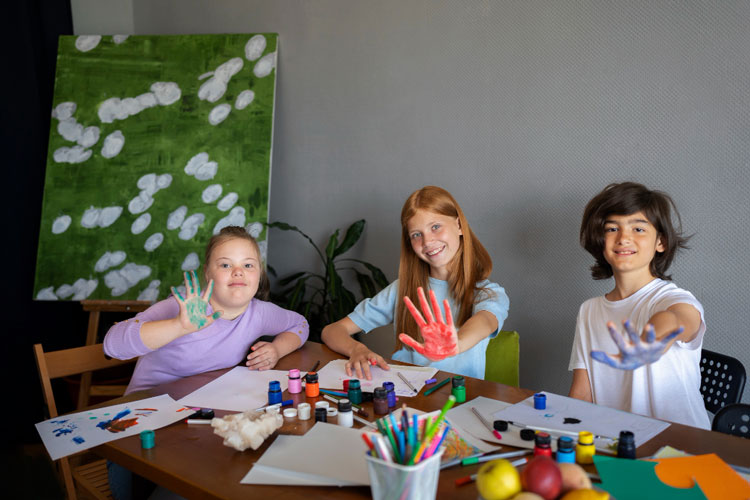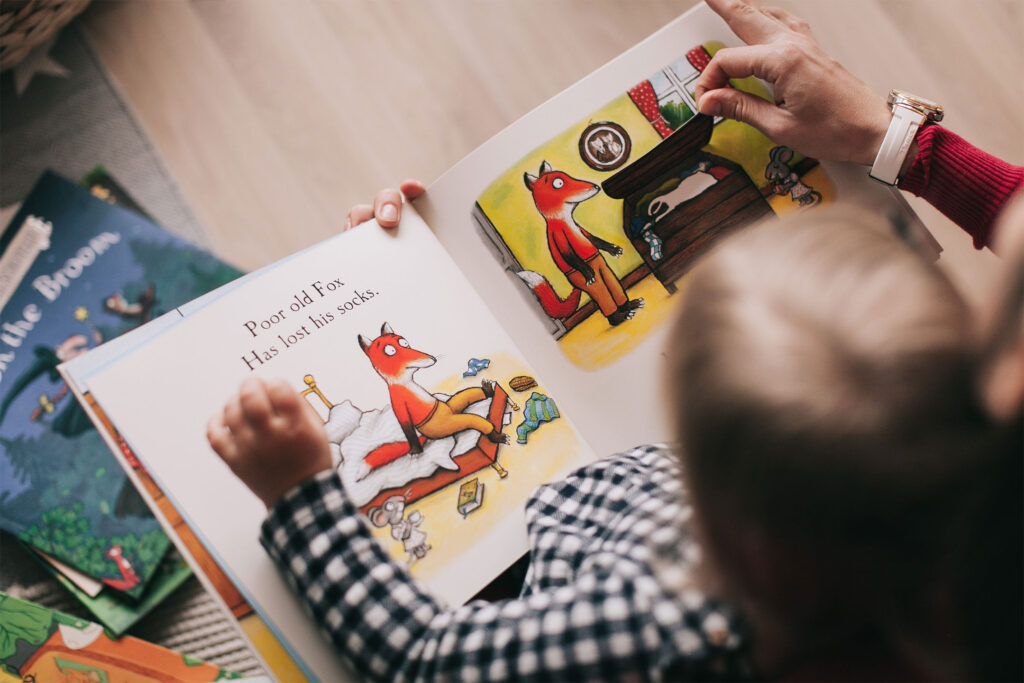Storytelling is more than just a form of entertainment; it’s a powerful educational tool that fosters creativity, language development, and emotional intelligence in young learners. Using the right storytelling techniques for children can transform your classroom environment, keeping students engaged and enhancing their learning. In this guide, we’ll explore some classroom storytelling strategies that help educators deliver stories in captivating and meaningful ways.
To learn more about the benefits of storytelling in the classroom, check out this article on why storytelling is essential for educators. By understanding these benefits of storytelling, educators can effectively implement storytelling techniques to maximise engagement and learning outcomes for young learners.
5 Storytelling Techniques for Children in the Classroom
Start with an Exciting Introduction
Capturing students’ attention from the very beginning is crucial for successful storytelling. One effective way to achieve this is introducing the story with a suspenseful question or a dramatic moment that piques their interest. Taking Just Enough! by Steven Huynh as an example, asking a thought-provoking question such as, ‘What do you think Just Enough! means?’ before reading can spark their curiosity and encourage them to think critically about the concept. By creating an intriguing atmosphere, educators can draw students into the story, prompting them to become active participants rather than passive listeners. This initial excitement helps lay the groundwork for a more immersive storytelling experience that fosters deeper connections with the material.
-
Product on sale
 Just Enough!Original price was: $19.99.$15.99Current price is: $15.99.
Just Enough!Original price was: $19.99.$15.99Current price is: $15.99.
Use Expressive Voice and Body Language
Using expressive voice and body language plays an important role in bringing characters and scenes to life during storytelling. Varying tone—such as lowering your voice for quieter moments or raising it for more dynamic scenes—creates a more immersive experience. This technique helps capture children’s attention and allows them to connect with the emotions of the characters, making the story more engaging.
Incorporating gestures and facial expressions can further enhance storytelling. For instance, when reading Going on a Bear Hunt by Michael Rosen, using hand gestures to mimic actions of the characters as they go through the tall grass, the river, and the snowstorm assists children in visualising the narrative and encourages their active participation. By integrating expressive voice and body language, educators can improve comprehension and retention, ensuring that children stay engaged throughout the storytelling process.
Interactive Storytelling with Dialogic Reading
Another effective approach to engage young learners is to incorporate dialogic reading techniques into storytelling. Dialogic reading encourages students to participate actively in the narrative by asking open-ended questions and facilitating discussions. This method helps maintain their attention while promoting language development and critical thinking. More information on the benefits of dialogic reading and how to implement it in the classroom can be found in the guide on Dialogic Reading.
Incorporate Visual Aids and Props
Using visual elements, such as illustrations or simple props, especially puppets, can significantly enhance storytelling by helping children visualise the narrative. These visual aids not only clarify key elements of the story but also create a more interactive experience, allowing children to engage more fully with the content. For instance, in I Need a Hug by Aaron Blabey, children will find it difficult to understand the context without the illustrations, which play a crucial role in conveying the porcupine’s and snake’s emotions and actions.
In addition, simple props can represent characters, demonstrate actions (e.g., puppets) or settings (e.g., a sun object, a sunset photograph), making abstract concepts more tangible for young learners. When children see and interact with these elements, it becomes easier for them to follow along and grasp the storyline. Furthermore, incorporating visual aids can spark curiosity and encourage discussion, as children may want to explore the props or ask questions about the illustrations.
Repetition and Rhythms for Participation
Stories that incorporate repeated lines or rhythmic patterns invite children to actively participate in the storytelling process. This repetition encourages them to join in, which not only enhances their engagement but also reinforces key concepts and vocabulary. For example, in Edward the Emu by Sheena Knowles, the repetitive phrase, such as, ‘So that night when the zookeeper went home to bed,’ enables children to anticipate the lines and experience a sense of accomplishment when they contribute. Rhythmic patterns featured in Edward the Emu also make the story more enjoyable and memorable, as children are naturally drawn to sounds and rhythms. This auditory appeal can aid in language development, as children begin to recognise and mimic the rhythms and rhymes.
Incorporating effective storytelling techniques in the classroom can enhance young learners’ engagement and comprehension. By using expressive voices, interactive elements like dialogic reading, visual aids, and repetition, educators can create captivating and educational storytelling experiences. These methods support literacy and critical thinking while fostering creativity and emotional growth. Making storytelling a regular part of teaching strategies can lead to a more dynamic and impactful learning environment that encourages curiosity and participation in every lesson.
For those seeking reading materials to implement these techniques, a variety of engaging children’s books is available at Steven De GC’s Book Hub, offering valuable tools to bring storytelling to life in the classroom.














Leave a Reply